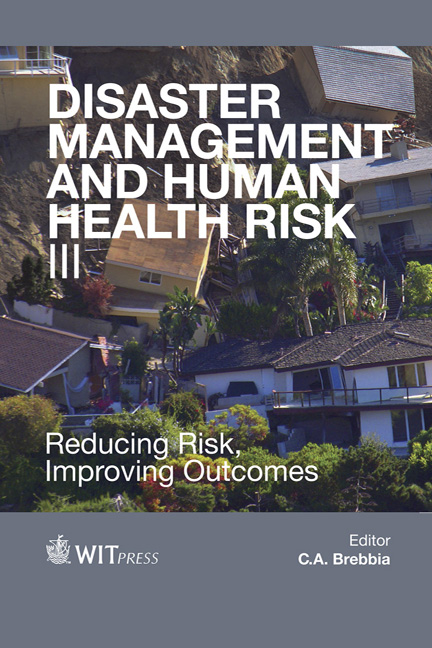Participant Selection For Crowdsourcing Disaster Information
Price
Free (open access)
Transaction
Volume
133
Pages
10
Page Range
231 - 240
Published
2013
Size
722 kb
Paper DOI
10.2495/DMAN130211
Copyright
WIT Press
Author(s)
E. T.-H. Chu, C.-Y. Lin, P. H. Tsai & J. W. S. Liu
Abstract
Experiences with past major disasters tell us that people with wireless devices and social network services can serve effectively as mobile human sensors. A disaster warning and response system can solicit eye-witness reports from selected participants and use information provided by them to supplement surveillance sensor coverage. This paper describes a natural formulation of the participant selection problem that the system needs to solve in order to select participants from available people given their qualities as human sensors and the costs of deploying them. For this, we developed a greedy algorithm, named PSPG, that first calculates the benefit-to-cost (B2C) factor of each participant. It then dispatches participants to regions according to participants’ B2C. We compared PSP-G with the two well-known optimization methods, BARON and BONMIN. The results show that PSP-G delivers a near optimal solution with a low time complexity. In particular, the time PSP-G needs can be merely one tenth of the execution time of the existing optimization methods, which makes PSP-G a practical solution for emergency needs in disaster areas. Keywords: crowdsourcing, social network, disaster management.
Keywords
crowdsourcing, social network, disaster management




